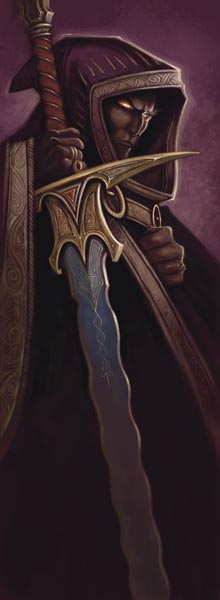As 4e D&D has matured, the sheer number of powers to choose from has grown significantly. At its inception, a character made from the Player’s Handbook would choose two or three at-will powers from a total of four listed, one encounter power from four listed and one daily power form four listed. The occasional utility power sometimes provided three or four choices for a character, which served primarily to enhance either their primary role or their secondary role in the party.
With the advent of non-AEDU (at-will, encounter, daily, utility) character classes, such as the psionic classes, as well as the Essentials classes, the one aspect of the power selection that was not changed was the choice of utility powers at level 2, 6, and so on. The introduction of skill powers in the Player’s Handbook 3 began to finally expand the utility power into more than simply a way to enhance your existing class features and powers. In the last year and a half of development, 4e has introduced themes for heroic tier character characters, as well as several articles on the subject of new racial utility powers. Utility powers have shifted away from their original role in a character, and have taken on a new importance as the new true form of character customization.
